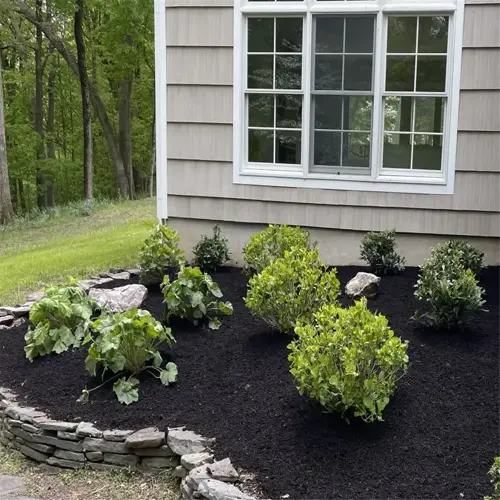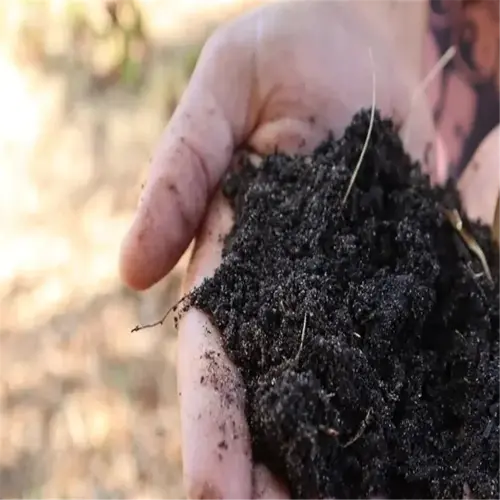Why do bees love basil?

Written by
Tina Carter
Reviewed by
Prof. Martin Thorne, Ph.D.Basil has wee tiny white flowers that produce nectar that can be easily reached, regardless of a bee's size. In contrast to the complicated flowers of tropical fruit that are bold in color, the small cluster of florets found on basil allows small sweat bees to extract nectar quickly and efficiently. I have seen Italian large-leaf basil patches buzzing with over eight types of bees feeding on the flowers at the same time.
Nectar Traits
- High sugar concentration: 45-50% sucrose content
- All-day secretion: Nectar replenishes every 2 hours
- UV guides: Invisible patterns direct bees to florets
Companion Planting
- Tomatoes: Bees cross-pollinate while foraging
- Peppers: Basil repels aphids naturally
- Zinnias: Extend basil's pollination radius
12 inches is an ideal distance for planting basil and tomato plants because bees can move freely between the crops while transferring pollen between them. A client's interplanted tomato and basil bed produced 30% more tomatoes and attracted leafcutter bees, which enhanced basil leaf size through enhanced pollination activity.
Postpone the harvest of basil until the end of August to create ideal conditions for flowering. In June, pinch off (remove) early flower buds to increase the bushy growth of the plant. By the time the plant matures in September, flowers generate the critical nectar source needed to sustain bees when most blooms in the garden are decreasing. This method extended a Michigan gardener's season when bees were active by 6 weeks.
Pairing marigolds with purple basil helps to create a pest control race. Since marigolds' roots repel nematodes and the aroma of the basil disperses whiteflies, this combination was successful in reducing the damage from aphids by 70% on a California organic farm. This combination also created a self-sustaining habitat for pollinators.
Read the full article: Top Native Pollinator Plants for a Healthy Ecosystem

